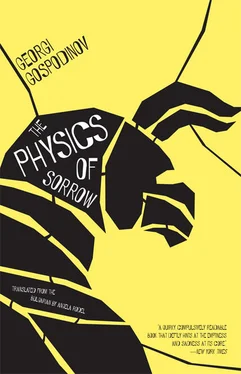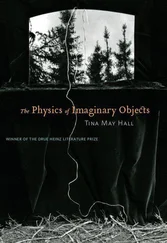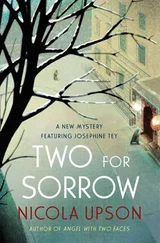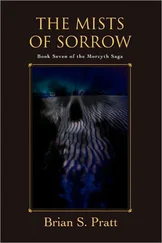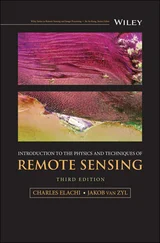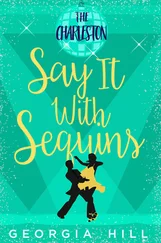Moooooooooom.
The labyrinth of the amphitheater catches that cry, ricochets it between the walls of its corridors, diverts it toward the dead-ends, cuts it off, and sends it back slightly distorted to the labyrinth of the human ear like an endless
Mooooooooo.
And there’s the switch. The tiniest of switches. The labyrinth has turned that short “o” into a long “ooh.” If man had only known that it was the same word, that very same “Mooooom”. the history of the world and history of the death (I wouldn’t be surprised if they turned out to be one and the same story) would be different.
A terrified creature is looking for its mother. Human or animal — the word is the same.
But the myth is repeatable and the death of the Minotaur has to happen again. Before finding his mother, before snuggling up in her lap, before returning to her womb, that most primordial, soft, and pulsating of caves. Because that would already be another (unacceptable) myth.
Death catches up with him right when he seems to have caught sight of a familiar shoulder and locks of hair hurrying away. It’s the first time they kill him that way. From a distance. Without a sword or a spear. Without seeing his killer’s face.
WITHOUT A FACE
Without seeing his killer’s face. If a General History of Murder exists, which includes not only historical events, but also murders in mythology, as well as in all legends, rumors, and novels, it would be clear what a warm and human act it is — to be face-to-face with the one who will kill you. Cruel, yes, but cruel on a human scale. Death comes from another person, with a specific body, hand, face. A face we can only appreciate today, when murder has become dehumanized, if we allow ourselves to borrow that notion. This is a relatively new phenomenon, perhaps dating back several centuries to the invention of gunpowder, a trifling span of time.
Even language has not yet gotten used to this. We say “in the face of death,” but this is already a phrase from a bygone era. Death has lost its face and therein lies the new horror. There is no face.
Several random examples. Achilles killed Hector and that was an epos, it was history, a dance between the killer and the victim. A ritual, in which the victim has the right to his moves, his gestures, and his lines. (Now that’s why a Homer of modern gunfire is impossible.) Even when Lycomedes tricked Theseus and was about to push him off a cliff on the island of Scyros near Euboea, there was again the touch of a human hand, presence.
What happened afterward? Here we’re not even talking about the slaughterhouse of war. Kennedy is riding in his limo, he smiles, makes a painful grimace, slumps down. That pantomime of death, which we’ve watched stamped on film, says it all. Achilles has become invisible. Theseus, yet another mythical serial killer, is hidden in the crowd and shoots from there. You don’t have time to get ready, to mentally say farewell to a few people, to make bequests, to leave behind your final words, to make smart remarks, to zing your killer with a cutting line, to fix your hair. The full-stop of the bullet, which arrives before the first word of the sentence. An anonymous piece of lead from an unknown perpetrator. There is something deeply unjust about that. Something that radically goes against every nature.
No animal would do that.
NO ANIMAL WOULD DO THAT
The animal in me. So here’s the new moral law — side by side with “the starry sky above me.” The basic question, the litmus test, the divider between good and evil — could what I’ve thought up be done by an animal? Step inside the skin of your favorite animal and find out. If it wouldn’t do it, then you shouldn’t do it, either, or you’ll be committing a mortal sin. A sin against nature. All sins have already been committed. But at least the boundary of the natural remains.
Theseus was a matador. “Matador” means killer, borrowed from Latin. Every butcher in the slaughterhouse shares in Theseus’s sin.
I add this ordinance, which is actually quite relevant, to the box:
ORDINANCE No. 20/2002
For reducing to a minimum animals’ suffering during slaughter
CHAPTER 1: Animal Stress and Pain
Scientific research has shown that warm-blooded animals (this includes livestock) feel pain and the emotion of fear. Fear and pain are very strong causes of stress in livestock and stress affects the quality of meat obtained from this livestock. ( Of course, everything is done for the quality of the meat. Less suffering means better taste. )
Animals will also shy at moving things, as well as darkness and they may refuse to enter a dark place. ( I’m sure of that, I know this from firsthand experience. )
They are afraid of sparkling reflections, dangling chains, moving people or equipment, shadows or dripping water. ( Shadows or dripping water. that’s almost poetry, no, it’s a cave. )
CHAPTER 7: Slaughter of Livestock
Preparing livestock for slaughter
Animals injured during transport or not yet weaned should be slaughtered immediately ( out of compassion ), but if this is impossible, then no later than two hours after being unloaded. ( Because the quality of the meat decreases, following the logic of suffering = bad taste. ) Animals incapable of walking should be slaughtered on the spot or conveyed by cart or platform to the proper place for immediate slaughter. When ready for slaughter, animals should be driven to the stunning area in a quiet and orderly manner without undue fuss and noise.
There are three main technologies used to effect stunning: Percussion, Electrical Shock, and Gas.
The most widely used method for stunning is the captive bolt gun. This method works on the principle of a gun and fires a blank cartridge and it propels a short bolt (metal rod) from the barrel. The bolt penetrates the skull bone and produces concussion by damaging the brain or increasing intracranial pressure, causing bruising of the brain. The captive bolt is perhaps the most versatile stunning instrument as it is suitable for use on cattle, pigs, sheep and goats as well as horses and camels, and can be used anywhere in the world.
Bulls: place the gun firmly against the forehead at a right angle 1 cm to the side of an imaginary line connecting the top of the head and a straight line between the eyes. ( What mathematics of death, what geometry of murder. )
Calves: the gun should be placed slightly lower than with adult cows, since in calves the upper part of the brain is still underdeveloped. ( Man really has thought of everything )
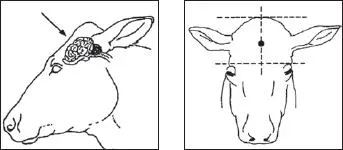
Fig.51. The correct positioning of a stunning gun.
(From “Guidelines for Humane Handling, Transport and Slaughter of Livestock” in accordance with the European Convention for the Protection of Animals for Slaughter.)
Now that’s what I call an innocent, hygienic text, as cold and aseptic as the tiles of a slaughterhouse — washed sparkling clean once the job is done.
No animal would do that.
THE MINOTAUR’S DREAM
I dream that I’m beautiful. Not exactly beautiful, but inconspicuous. That’s what it means to be beautiful, to be like everyone else. My head feels light. My eyes are on the front of my face. I have a nose, rather than nostrils. I have human skin, thin human skin. I walk down the street and no one notices me. Now that’s happiness — no one noticing me. It’s a happy dream.
I walk slowly, avoiding the people coming toward me at first, I keep to the very edge of the sidewalk, near the walls of the houses. But a miracle has occurred. No one rushes to get away from me, no one screams in horror that they’ve seen a monster, children don’t cower behind their mothers, the old folks don’t cross themselves, the men don’t draw their swords. I’m walking down the street. It’s light out. I haven’t seen this much light since I was born. One woman accidentally bumps into me. I’m afraid she’ll scream. She turns around, looks at me from very close up. she doesn’t recognize me. she doesn’t scream. she smiles. and apologizes. No one has ever apologized to me before.
Читать дальше
